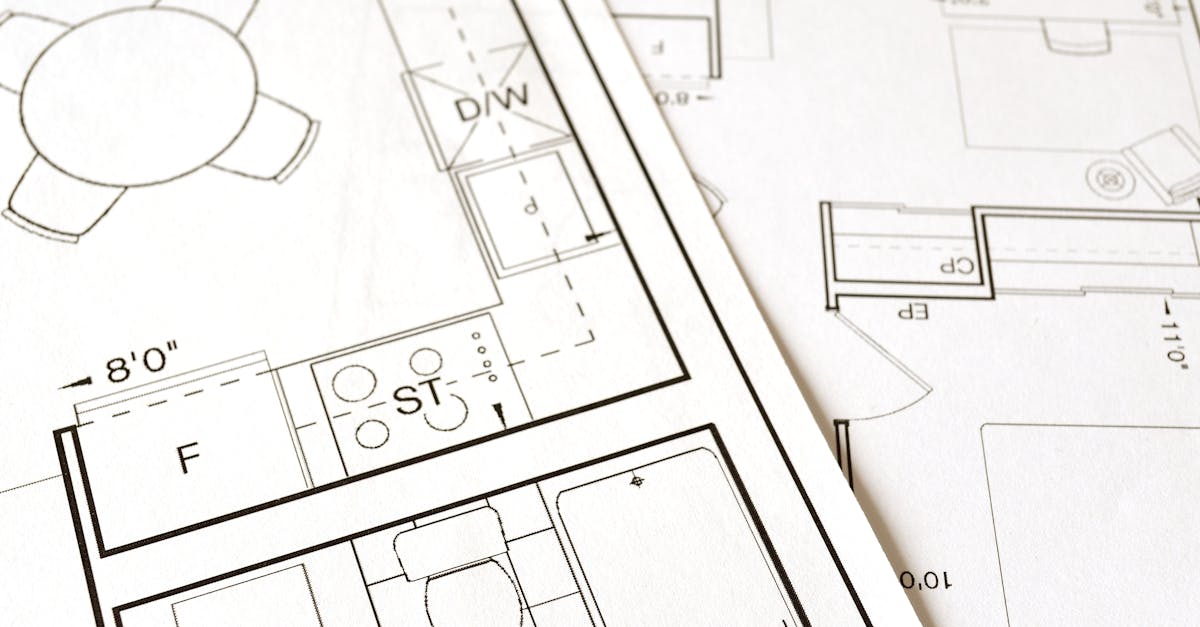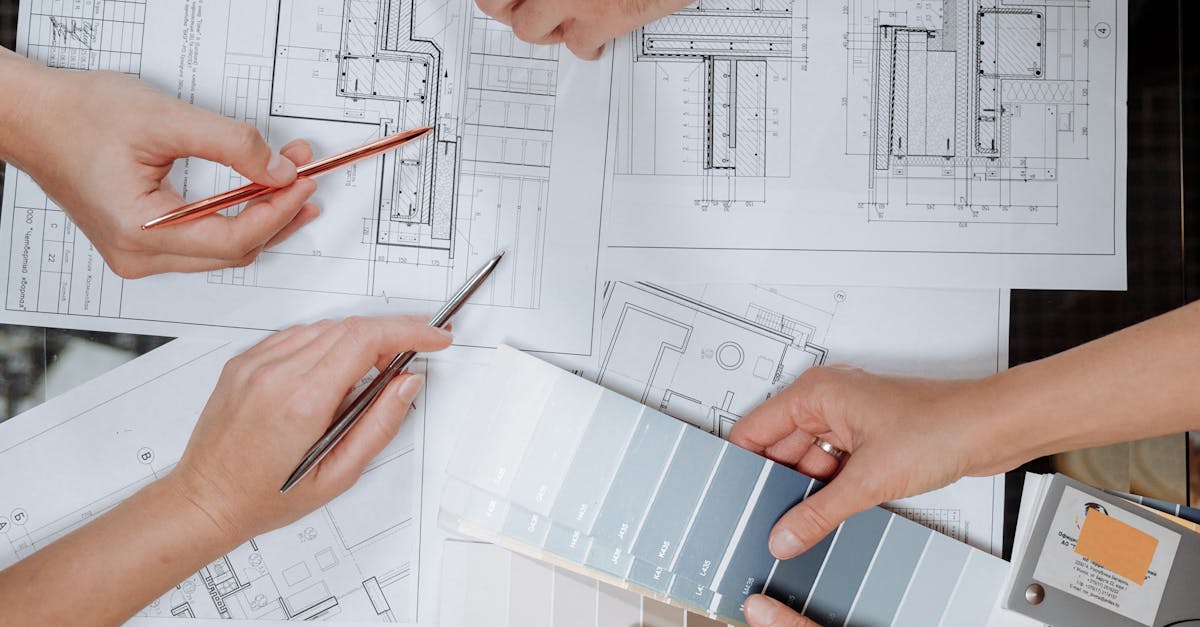
Reviewing the Drafted Lease Document
Drafting and reviewing leases in Texas is a crucial step in the process of securing a rental property. When reviewing the drafted lease document, it is important to pay close attention to the terms and conditions outlined. Specifically, ensure that all the terms discussed and agreed upon during the negotiation phase are accurately reflected in the document. Any discrepancies or omissions should be addressed promptly to avoid potential conflicts in the future.
Moreover, verify that the lease document complies with state and local laws governing rental agreements in Texas. Look for any unfair clauses or language that may not align with tenant rights and protections. If there are any unclear or ambiguous terms, seek clarification from the landlord or property manager to guarantee a mutual understanding of the lease agreement. By thoroughly reviewing the drafted lease document, both parties can establish a solid foundation for a successful and harmonious tenancy.
Seeking Legal Counsel for Verification
Seeking legal counsel for verification is an essential step in the process of drafting and reviewing leases in Texas. A knowledgeable real estate attorney can provide valuable insights and ensure that the drafted lease complies with all relevant laws and regulations. Legal counsel can help identify any potential issues or ambiguities in the lease document that may need to be addressed before finalizing the agreement.
By consulting with a legal professional, landlords and tenants can gain a better understanding of their rights and obligations under the lease. Additionally, having an attorney review the lease can help to mitigate the risk of disputes or misunderstandings in the future. Legal counsel can also offer guidance on best practices and help negotiate terms that protect the interests of both parties involved in the leasing arrangement.
Negotiating Lease Terms
When it comes to negotiating lease terms, both landlords and tenants in Austin, Texas often engage in discussions to reach a mutually beneficial agreement. These negotiations typically involve critical aspects such as rent amounts, lease duration, maintenance responsibilities, and any specific clauses or provisions that need clarification or modification. As part of the negotiation process, landlords and tenants may also address issues related to security deposits, renewal options, and any potential rent increases over the lease term.
Drafting and reviewing leases in Austin, Texas require careful consideration of each party's interests and concerns. Negotiating lease terms is crucial to ensuring that the final agreement reflects the intentions and expectations of both parties. By openly discussing and negotiating lease terms, landlords and tenants can minimize potential disputes or misunderstandings down the line, creating a solid foundation for a positive and sustainable landlord-tenant relationship.
Finding Mutually Agreeable Solutions
Finding mutually agreeable solutions is a crucial step in the process of drafting and reviewing leases in Texas. During this phase, both parties involved in the leasing agreement should engage in open and constructive communication to address any outstanding issues and reach a middle ground that satisfies all parties. This stage often involves compromise and flexibility from both the lessor and the lessee to ensure that the final lease terms are fair and reasonable.
Common areas where mutually agreeable solutions may be needed include determining the responsibilities for property maintenance, establishing rules for repairs and renovations, outlining policies for rent adjustments, and resolving any disputes regarding the security deposit. By approaching these issues with a willingness to listen, communicate effectively, and find common ground, the parties can avoid potential future conflicts and ensure a more harmonious and successful leasing relationship. Engaging in respectful dialogue and considering each other's perspectives can lead to a lease agreement that benefits both parties and sets a positive tone for the duration of the lease term.
Finalizing the Lease Agreement
Once all negotiations have been completed and both parties have reached a mutual agreement, the next step in the process of finalizing the lease agreement is to proceed with the signing and execution of the document. This critical stage solidifies the terms and conditions laid out in the lease, ensuring that both the landlord and tenant are legally bound to their obligations as outlined in the agreement. By signing the lease, both parties acknowledge their understanding and acceptance of the terms set forth in the document, thus formalizing the leasing arrangement.
Drafting and reviewing leases in Texas requires meticulous attention to detail to ensure that all aspects of the agreement are clearly outlined and legally sound. Before signing the lease agreement, it is crucial for both parties to carefully review the document once more to confirm that all agreed-upon terms have been accurately reflected. This final review serves as a last opportunity to identify any discrepancies or areas of concern, allowing for any necessary revisions or clarifications to be made before the lease is executed.
Signing and Executing the Document
Signing and executing the final lease agreement is a critical step in the process of leasing a property in Texas. Once both the landlord and the tenant have thoroughly reviewed the drafted lease document and agreed upon all the terms, the next stage involves putting pen to paper. This signifies the official acceptance of the terms and conditions outlined in the lease agreement, and each party's commitment to fulfilling their respective obligations.
It is essential for both parties to carefully read through the finalized lease agreement before signing to ensure there are no misunderstandings or discrepancies. Once the document is signed and executed, it becomes a legally binding contract, and all parties are expected to adhere to the terms outlined within it. Drafting and reviewing leases in Texas should be approached with diligence and attention to detail to ensure a smooth and mutually beneficial leasing experience for both the landlord and tenant.
FAQS
What does it mean to draft a lease?
Drafting a lease refers to the process of creating a written agreement that outlines the terms and conditions of a property rental arrangement between a landlord and tenant.
Why is it important to review the drafted lease document?
Reviewing the drafted lease document is crucial to ensure that all terms and conditions accurately reflect the agreed-upon rental agreement and to avoid any misunderstandings or disputes in the future.
When should I seek legal counsel for verification of the lease?
It is advisable to seek legal counsel for verification of the lease document before signing it to ensure that your rights are protected and that the terms are legally sound.
How can I negotiate lease terms with the landlord?
Negotiating lease terms involves discussing and potentially modifying aspects of the lease agreement to reach mutually agreeable terms that benefit both parties involved.
What should I do after finalizing the lease agreement?
After finalizing the lease agreement, the next steps typically involve signing and executing the document to make the rental arrangement legally binding between the landlord and tenant.




